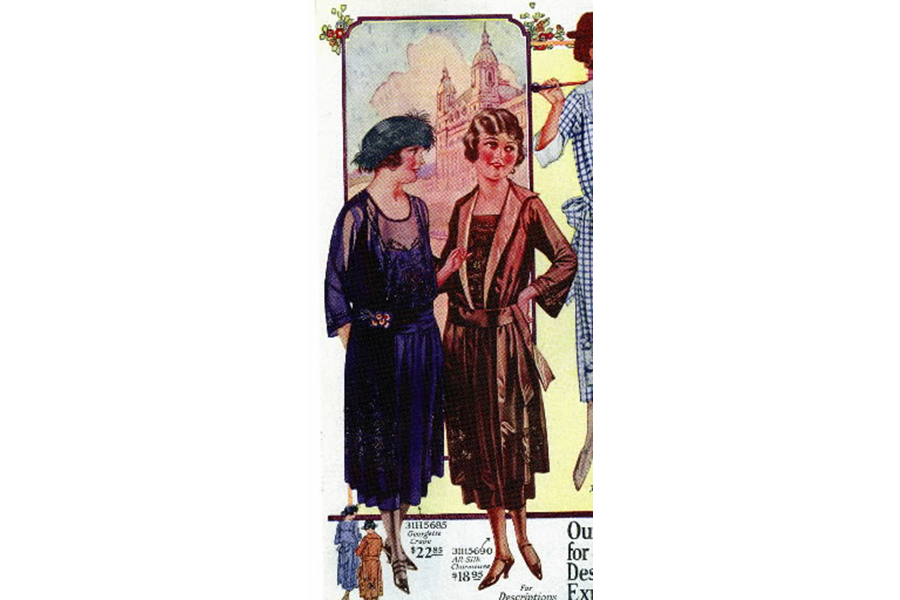Nothing says Christmas to me like my memories of the Sears Wish Book
Loading...
I grew up in the 1970s – a time before the Internet, when children often dreamed of yuletide by flipping through the pages of the Sears Christmas Wish Book. The once-dominant retailer’s holiday catalog arrived in late autumn, just as the air chilled, the skies grayed, and the turning of the year pointed us toward presents under the tree.
In the weeks before Christmas, the Wish Book grew dogeared with desire as each sibling marked indispensable treasures. As a concession to the adult world, the Wish Book offered boring stuff to grown-ups, too; there was a dreary desert of dumb pages devoted to pants suits, barber shears, wall clocks, bathrobes, percolators, tobacco pipes and other prosaic oddities only a mother or father could love.
But near the back, after one had endured the misery of pictures and paragraphs describing claw hammers, snow boots and power drills, the book began to bloom with brilliant holiday prizes: ant farms and Tonka trucks, walkie-talkies and G.I. Joes, model railroads, matchbox cars, Lincoln Logs, telescopes, a Bullwinkle punching bag.
Our family had nice Christmases, but with six kids in the house, the higher extravagances of the Wish Book eluded our grasp. I spent one December pining for a table-size replica of the Alamo – a trophy that did not, despite my desperate longing for it, materialize on Christmas morn. Thanks to the Internet, a cabinet of wonders I could not have imagined as a boy, I recently went online and found The Alamo waiting for me on page 584 of the Wish Book’s digitally reproduced 1972 edition, as tantalizing as ever.
I now understand, with the passage of years, that it wasn’t really the toy Alamo I loved, but the language used to describe it: “The sun beats down and men grow weary ... they need you to help carry on the action.” And there were these delicious details: “Headquarters building with turned-edge is lithographed steel.”
What the Wish Book taught me, all those Christmases ago, is that words can make a world of their own, a reality as tangible as the one beyond the page. That’s how Sears made me into a lifelong reader.
It’s the words themselves I now wish for in the approach of Christmas, a season that leads me to dream of books under the tree. I’ve had my eye on an English import – a lovely edition of “Grumbling at Large,” the selected essays of J.B. Priestley. It would be nice, too, to tear open the wrapping and find two recent anthologies of New Yorker writing from the 1950s and 1960s, each under the series title, “The Story of a Decade.” I read The New Yorker’s anthology of 1940s stuff last year and found it a treat.
I also dream of “A Torch Kept Lit,” a collection of tributes to departed celebrities penned by William F. Buckley, now sadly departed himself.
I wouldn’t mind getting “Soul at the White Heat,” Joyce Carol Oates’ new collection of essays about writing, or “Hero of the Empire,” Candice Millard’s new account of Winston Churchill’s early years, either.
What I would like, even more than the books themselves, which I could easily get on my own, is the time to read them. I picture myself in a soft chair after Christmas has passed, deep within the pages of a text that reminds me, all over again, what I learned many yuletides ago:
Every good book is a wish book – a carrier of Christmas dreams, and dreams throughout the year.
– Danny Heitman, a columnist for The Baton Rouge Advocate, is the author of “A Summer of Birds: John James Audubon at Oakley House.”







